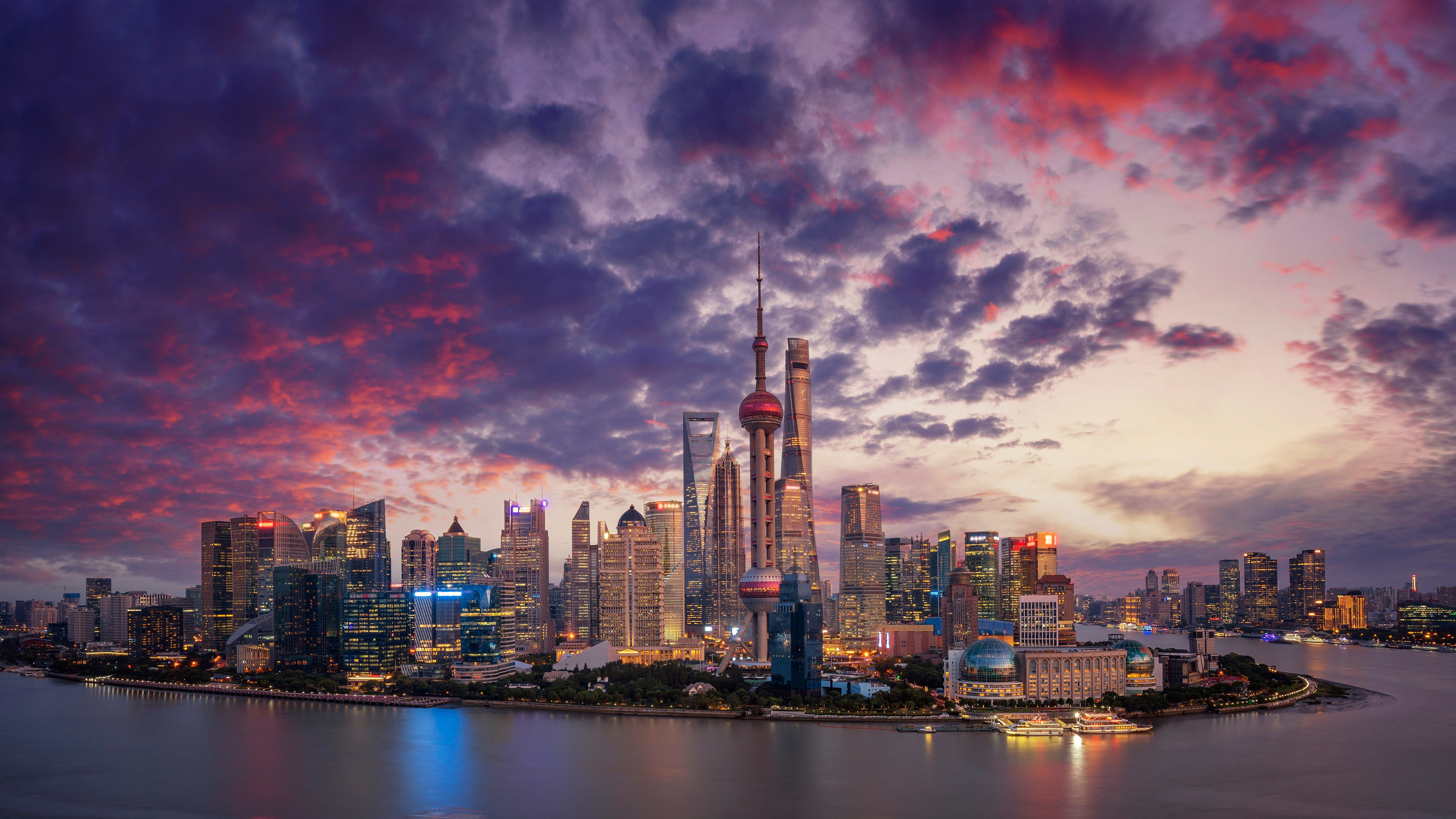

How big is China’s real estate bubble and why hasn’t it burst yet? Land Use Policy, 64, 153–162. Regional Science and Urban Economics, 41(2), 145–159. Interjurisdictional competition for FDI: The case of China’s development zone fever. Regional Science and Urban Economics, 57, 23–37. Strategic interaction in political competition: Evidence from spatial effects across Chinese cities. The fundamental institutions of China’s reforms and development. 05 state-owned construction land use right auction sale announcement. Incentives and outcomes: China's environmental policy (no. Wu, J., Deng, Y., Huang, J., Morck, R., and Yeung, B. In Chen, Xiangming, ed., Rising Shanghai: State Power and Local Transformations in a Global Megacity, 125-144. Globalization, the changing state, and local governance in Shanghai. World Bank indicators: Urbanization urban population (% of total). Urban China: Toward efficient, inclusive, and sustainable urbanization. The Review of Economic Studies, 67(2), 359–378. Incentives, information, and organizational form. Opinions of the people’s government of Liuzhou city on promoting the construction of super high-rise buildings in Liuzhou city. Journal of Urban Economics, 66(1), 57–64. Local officials as land developers: Urban spatial expansion in China. Singapore: National University of Singapore. Is the Chinese skyscraper boom excessive? Working paper. Political turnover and economic performance: The incentive role of personnel control in China.

Introduction to spatial econometrics (Chapman and Hall/CRC).

Research Institute of Complex Engineering & Management: Tongji University, Shanghai, China. The report of skyscraper construction and development in China. working paper, The Hong Kong University of Science and Technology, Hong Kong, China. Do land revenue windfalls reduce the career incentives of county leaders? Evidence from China. 2019 China cities tier rankings released, Beijing trumps Shanghai once again. Journal of Urban Economics, 64(1), 49–64.

A game-theoretic analysis of skyscrapers. Journal of Urban Economics, 40(1), 38–60. Inter-city competition for foreign investment: Static and dynamic effects of China’s incentive areas. New ‘ghost cities’ typify out-of-control planning, retrieved December 28, 2015, from China dialogue. American Journal of Political Science, 53(3), 621–632. Journal of Economic Perspectives, 31(1), 93–116. A real estate boom with Chinese characteristics. Glaeser, E., Huang, W., Ma, Y., & Shleifer, A. The Quarterly Journal of Economics, forthcoming.Ĭouncil on Tall Buildings and Urban Habitat (CTBUH). Busting the ‘princelings’: The campaign against corruption in China's primary land market. Journal of Communist Studies and Transition Politics, 20(4), 20–41.Ĭhen, T. Irresponsible state: Local cadres and image-building in China. Multimarket oligopoly: Strategic substitutes and complements. Do local governments engage in strategic property-Tax competition? National Tax Journal, 54, 203–229.īulow, J. Lectures on urban economics, MIT Press.īrueckner, J. International Regional Science Review, 26(2), 175–188.īrueckner, J. Strategic interaction among governments: An overview of empirical studies. Head of the dragon: The rise of new Shanghai. Skyscraper height and the business cycle: Separating myth from reality. Skyscrapers and skylines: New York and Chicago, 1885–2007. The Journal of Real Estate Finance and Economics, 45(3), 723–753.īarr, J. Skyscrapers and the skyline: Manhattan, 1895–2004. Springer Science & Business Media.īarr, J. Spatial econometrics: Methods and models. Review of Economics and Statistics, 100(5), 861–875.Īnselin, Luc. Tall buildings and land values: height and construction cost elasticities in Chicago, 1870–2010.


 0 kommentar(er)
0 kommentar(er)
